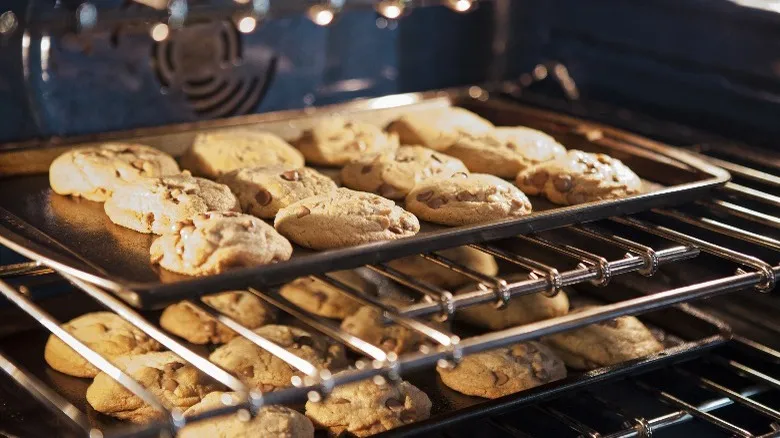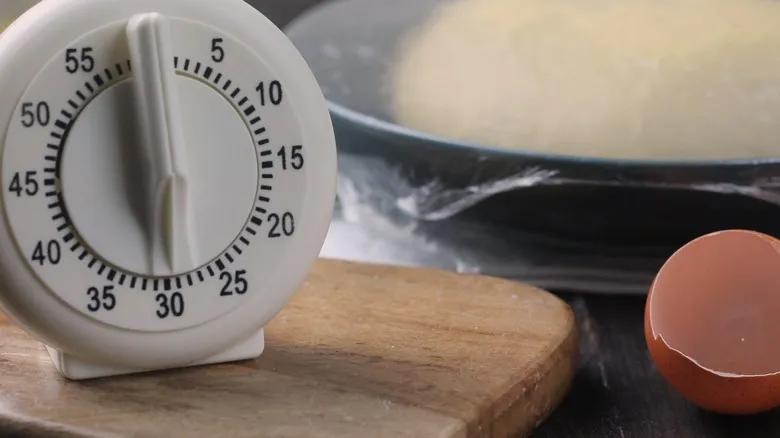Why bake time is inconsistent

Baking times can be influenced by various factors that may lead to significant discrepancies. A common problem is that the actual temperature of an oven can differ from what is indicated, meaning your oven set to 350 degrees Fahrenheit might not actually be at that temperature. To monitor your oven's true temperature, consider purchasing an affordable analog oven thermometer, such as the OXO Good Grips Oven Thermometer, available on Amazon. Additionally, ambient temperature and humidity can alter the consistency of doughs and batters, particularly for recipes that rely heavily on eggs or butter, like cookies and pastries. This means that the same recipe may yield different results depending on the season. Altitude is another important factor; those living at elevations above 3,000 feet should make necessary adjustments or seek recipes specifically tailored for high-altitude baking.
One of the key baking tools everyone should have is suitable bakeware for various tasks. The material and color of pans can affect how they absorb and conduct heat, which in turn can influence baking times. Moreover, taking risky shortcuts in baking is often not worth the effort. For instance, using cold ingredients or omitting parchment paper can disrupt the baking process. To achieve the best results, familiarize yourself with visual indicators—such as golden edges on cookies or a springy top on cakes—and start checking for doneness five minutes earlier than the recipe suggests. Just remember to use your oven light to minimize the frequency of opening the door, as doing so can further impact baking times.
Recommended

How To Make The Most Of Cookie Dough Mix-Ins According To A Pro

The Clever Butter Hack You Need To Try For Flakier Baked Goods

2 Pro Tips For Making Homemade Pizza Taste Like It Came Out Of A Pizza Oven

Ina Garten's Favorite Store-Bought Cookies Are A Classic
Next up

